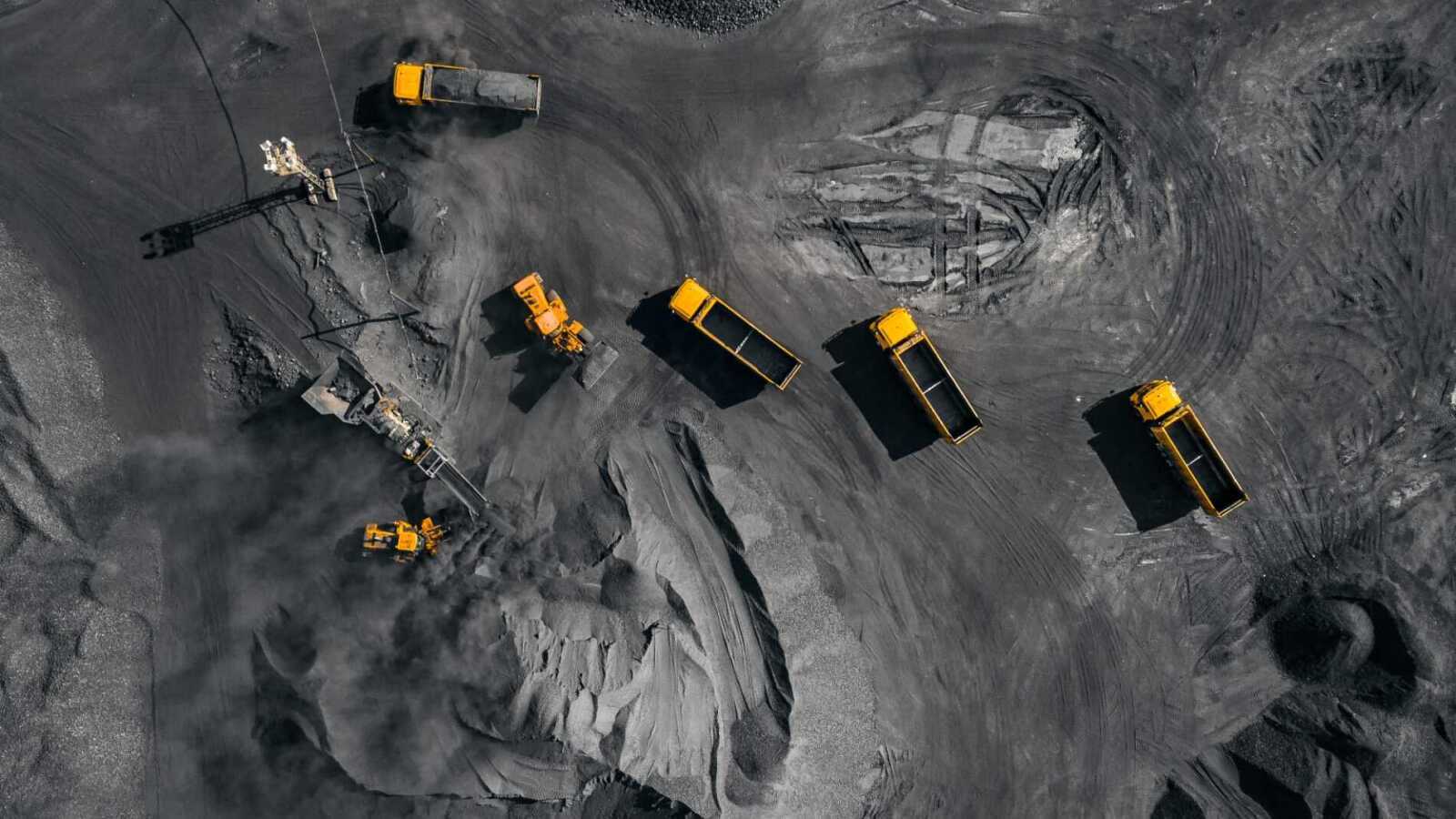
Coal’s decline needs ‘rapid’ acceleration, argues IEA
New International Energy Agency report calls for greater mobilisation of assets to further encourage major economies away from coal-powered electricity.
The transition away from coal needs greater urgency, according to a new paper from the International Energy Agency (IEA) urging governments to do more to incentivise declines in fossil fuel reliance.
The report, Coal in Net Zero Transitions: Strategies for Rapid, Secure and People-Centred Change, reveals that coal demand has remained relatively stable over the past decade.
In particular, China accounts for over half of global coal demand, and its share of all emerging market and developing economy demand exceeds 80%. According to the IEA, this is up from around 50% in 2000.
The report was presented at COP27, with IEA executive director Fatih Birol pointing to coal consumption as a “critical” issue for policymakers to tackle.
“Over 95% of the world’s coal consumption is taking place in countries that have committed to reducing their emissions to net zero,” Birol told delegates in a session on 15 November.
“Coal is both the single biggest source of CO2 emissions from energy and the single biggest source of electricity generation worldwide, which highlights the harm it is doing to our climate ... our new report sets out the feasible options open to governments to overcome this critical challenge affordably and fairly.”
Over 95% of the world’s coal consumption is taking place in countries that have committed to reducing their emissions to net zero.
Targeting coal’s economics
To pursue “rapid” coal transitions, the IEA’s report is urging governments and international institutions to do more to reduce the financial incentive of mining coal.
Coal plants are usually shielded from market competition due to ownership by incumbent utilities, or protection from inflexible power purchase agreements. There is also an estimated $1trn worth of coal still yet to be recovered from the ground.
IEA chief energy economist Tim Gould co-authored the report and explained to delegates that “innovative financial mechanisms” could be used to accelerate coal plants to the end of their economic viability.
“A key metric to understand this is the weighted average cost of capital – what is the cost of capital these coal-plant owners have faced when making investment decisions,” asked Gould.
“With continued operation, an extra 300GW of capacity would return this initial capital to asset owners and that can be a moment when it is much easier to move plants towards retirement or repurpose them.”
IEA analysis shows that outside China, where low-cost financing is the norm, the weighted average cost of capital of coal plant owners and operators is around 7%.
The IEA claims by refinancing this down by 3% would bring forward the point at which owners recoup their initial investment.
Gould added: “If we could refinance today’s coal plants at a lower rate, then that would accelerate the pace at which capital is returned to owners and open up a pathway towards the retirement of some 720GW of coal capacity (around a third of the existing coal plant fleet) in the next 10 years.
“There are many innovative financial mechanisms being developed by multilateral development banks and governments around the world that can facilitate that change.”
The IEA is hoping such efforts would help abate the development of new coal-powered plants, in tandem with an accelerated adoption of clean energy sources.
Human cost of coal’s decline
The report also flagged the just transition considerations of accelerating the decline in coal, with 8.4 million people estimated to work in coal value chains worldwide.
Only five of the 21 most coal-dependent countries have announced or implemented just transition policies for these workers.
The IEA argues this heightens the requirement for governments to help workforces prepare for pivoting away from coal.
The report added: “Coal transitions are not just about coal … they are also fundamentally about people, and making sure that the promise of a more secure and sustainable energy sector does not leave coal‐dependent communities behind.
“This is a global effort, and there is no more important task in energy transitions than to get coal transitions right.”




